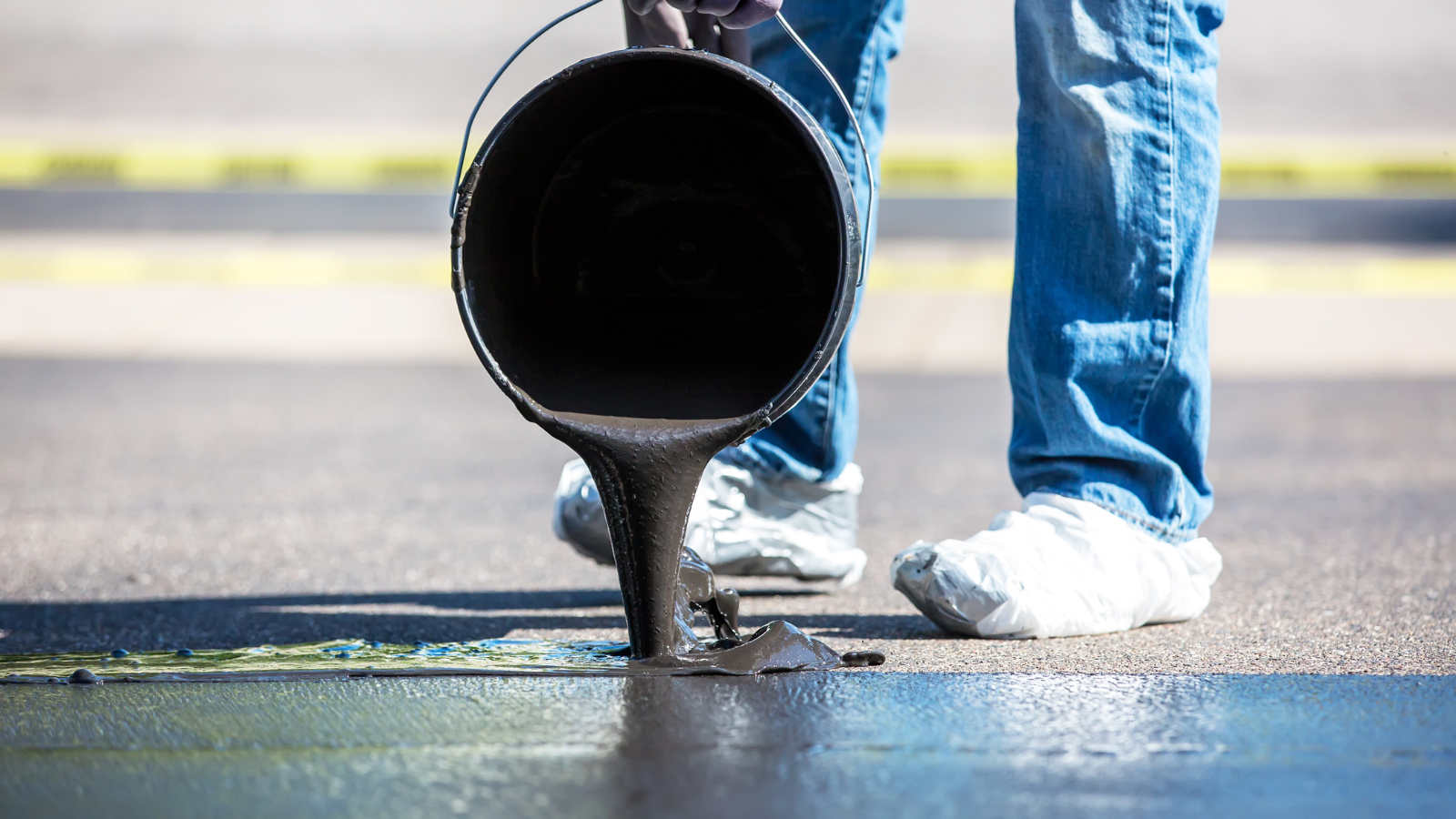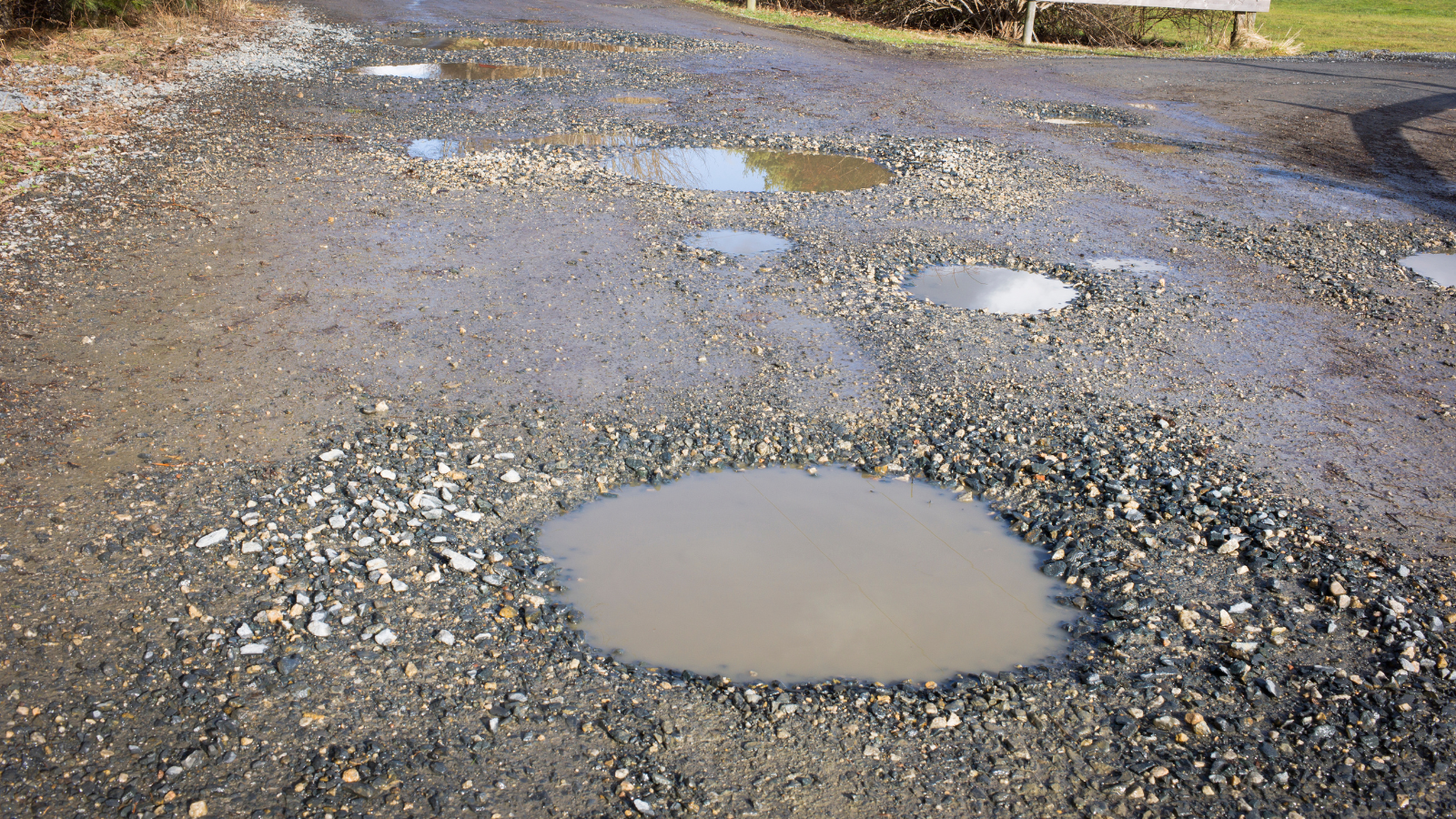Key Takeaways
- Prolonged exposure to heat and UV rays can cause significant damage to asphalt, leading to cracking, potholes, fading, and structural weakness.
- Regular seal coating and prompt repairs are essential to maintaining the integrity of asphalt surfaces.
- Proper drainage, resurfacing, and routine inspections can help extend the life of your asphalt and prevent costly repairs.
- Oxidation and cracking are the two most common heat-related problems in asphalt, which can be mitigated with proper maintenance.
- Repairing minor issues early on can save time and money in the long run, preventing the need for complete resurfacing or replacement.
Heat waves, particularly during the summer months, can have a significant impact on asphalt pavements. Prolonged exposure to the sun’s ultraviolet (UV) rays can cause severe damage to asphalt surfaces, leading to fading, cracks, potholes, and structural weakness. These damages not only compromise the appearance of the pavement but can also affect its functionality, safety, and longevity. In this article, we’ll delve into how heat affects asphalt, common problems associated with heat exposure, and how to protect and maintain your asphalt surfaces.
How Heat Affects Asphalt Pavement
Asphalt is widely used for roadways, driveways, and parking lots due to its durability and cost-effectiveness. However, it is vulnerable to heat. Asphalt begins to soften and deteriorate when temperatures rise, particularly in the range of 90°F (32°C) or higher. The following are the key ways heat impacts asphalt:
1. Fading of Asphalt Color:
Asphalt typically starts with a deep black color, but exposure to sunlight can gradually bleach its surface, turning it into a grayish hue. This fading is caused by the breakdown of the bitumen (the binding agent in asphalt) due to UV rays, resulting in a less visually appealing surface.
2. Surface Softening:
As temperatures rise, asphalt becomes soft, making it more prone to deformation. This softening can lead to surface damage, such as scratches, scuffs, and chipping, especially in high-traffic areas. The softened asphalt is more easily gouged by vehicles, and the weight of cars and trucks can exacerbate the problem.
3. Cracking:
Over time, heat causes asphalt to lose flexibility, making it more brittle and susceptible to cracking. Cracks form as the asphalt expands and contracts with temperature fluctuations. If these cracks are left unrepaired, water can seep into the sub-layers, weakening the foundation and leading to more serious structural issues.
4. Potholes:
Potholes are one of the most common consequences of prolonged heat exposure. When cracks form on the surface of the asphalt, water seeps in and erodes the base layers. As vehicles pass over the compromised areas, the surface begins to sag, crumble, and eventually give way, resulting in a pothole. These are not only unsightly but can also pose a safety hazard for drivers and pedestrians.
5. Oxidation:
Oxidation is another issue that arises from the prolonged exposure of asphalt to UV rays. When asphalt oxidizes, the binding oils that give it flexibility break down. As the oils evaporate, the surface becomes dry and brittle, leading to further cracking and deterioration. Oxidation accelerates the aging process of asphalt, causing it to become more prone to damage.
The Two Most Common Heat-Related Problems in Asphalt
When it comes to asphalt and high temperatures, two main problems frequently occur:
1. Cracking:
Cracking happens when asphalt surfaces expand in the heat and contract as they cool. This repetitive movement causes stress on the asphalt, leading to the formation of cracks. Even newly laid asphalt can crack if not properly installed or maintained. Commercial spaces such as parking lots are especially vulnerable due to the constant traffic and weight of vehicles.
2. Oxidation:
Oxidation is when the asphalt loses its essential oils, making it dry and brittle. This is mainly due to the constant exposure to UV rays. Once the oils evaporate, the asphalt loses flexibility and becomes prone to cracking and raveling. Oxidation can lead to significant surface damage and costly repairs if not treated in time.
Preventing Heat Damage to Asphalt
While heat is a significant threat to asphalt, proper maintenance can prevent or mitigate the damage. Here are some steps you can take to protect your asphalt surfaces from extreme heat:
1. Sealcoating:
Sealcoating is one of the most effective ways to protect asphalt from heat damage. It acts as a protective layer, shielding the asphalt from UV rays and preventing oxidation. Sealcoating also helps to fill small cracks and holes, preventing water from seeping in and causing further damage. It’s best to apply seal coating during warmer temperatures, as the heat helps the coating adhere better to the surface and flow into deeper cracks.
2. Regular Maintenance:
Routine maintenance is crucial for keeping asphalt in good condition. This includes regularly inspecting the surface for cracks, potholes, or areas of wear. Promptly repairing any damage can prevent more severe problems down the line. Fixing minor issues early on can extend the life of the asphalt and save you from the high costs of complete resurfacing.
3. Proper Drainage:
Water is one of the biggest threats to asphalt, especially when cracks are more likely to form during the heat. Ensuring your asphalt has proper drainage can help prevent water from pooling on the surface and seeping into the base layers. Installing gutters, drains, and slopes that direct water away from the asphalt can significantly reduce the risk of damage.
4. Resurfacing:
If your asphalt surface is severely damaged, resurfacing may be necessary. Resurfacing involves applying a new layer of asphalt over the existing one, giving it a fresh start. This can restore the appearance of the surface and provide a renewed layer of protection against heat, water, and wear.
How to Repair Asphalt Damage Caused by Heat
Even with the best maintenance practices, asphalt can still suffer heat-related damage. If your asphalt is starting to show signs of wear, here are some repair options:
1. Crack Filling:
Crack filling is a quick and affordable way to repair tiny cracks in your asphalt. This involves filling the cracks with a rubberized asphalt material that expands and contracts with the temperature, providing a long-lasting solution.
2. Pothole Repair:
Potholes can be repaired by cleaning and filling the damaged area with new asphalt. This can be done using either hot or cold asphalt mix, depending on the size of the pothole and the current temperature.
3. Overlaying:
An overlay is a thin asphalt layer applied over the existing surface. This can help restore the appearance of the asphalt and provide a new protective layer without the need for a complete resurfacing.
4. Replacement:
In cases of severe damage, replacement may be the only option. This involves removing the damaged asphalt and replacing it with a new layer. While this is the most expensive option, ensuring the pavement’s long-term functionality and safety can be necessary.
FAQ
1. What causes asphalt to soften in the heat?
Asphalt softens in high temperatures because the bitumen, the binding agent in asphalt, becomes less dense. When this happens, the asphalt becomes more pliable and prone to damage, such as scuffs, scratches, and cracks.
2. How can I prevent my asphalt from cracking in the heat?
Regular seal coating and prompt repair of small cracks are essential to preventing more extensive cracking. Ensure that your asphalt has proper drainage to avoid water damage, and apply a protective sealant to shield it from UV rays.
3. Is it necessary to seal coat asphalt regularly?
Yes, seal coating should be done every 2 to 3 years to maintain the integrity of the asphalt. Sealcoating acts as a protective barrier, preventing UV damage, oxidation, and water penetration.
4. How often should I inspect my asphalt for damage?
Inspecting your asphalt surfaces at least once a year, particularly after the summer months, is a good idea. Look for signs of cracking, potholes, fading, or soft spots, and address any issues as soon as they arise.
5. Can heat damage be repaired, or does the asphalt need to be replaced?
Most heat damage, such as cracks and potholes, can be repaired. However, replacement may be necessary if the damage is extensive and the foundation has been compromised.
6. What is oxidation, and why is it a problem for asphalt?
Oxidation occurs when the oils in asphalt evaporate due to exposure to UV rays. This makes the asphalt dry and brittle, leading to cracking and raveling. Sealcoating can prevent oxidation by creating a protective barrier.
Following these tips and staying on top of maintenance, you can keep your asphalt surfaces looking great and functioning correctly, even in the hottest weather.
At Elizabeth Paving, we specialize in top-quality asphalt paving, repair, and maintenance services for residential, commercial, municipal, and industrial clients. Call us at (908) 458-9401 during business hours for a guaranteed same-day response. Reach out today to request your free quote!







